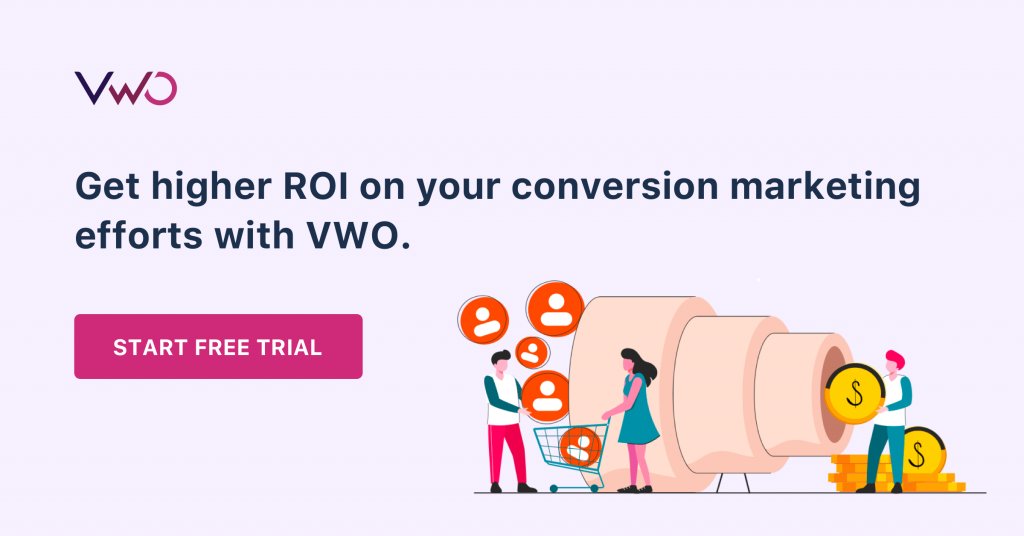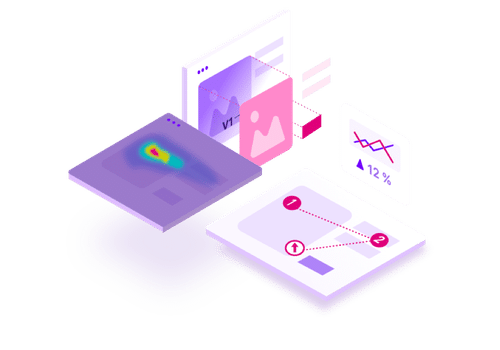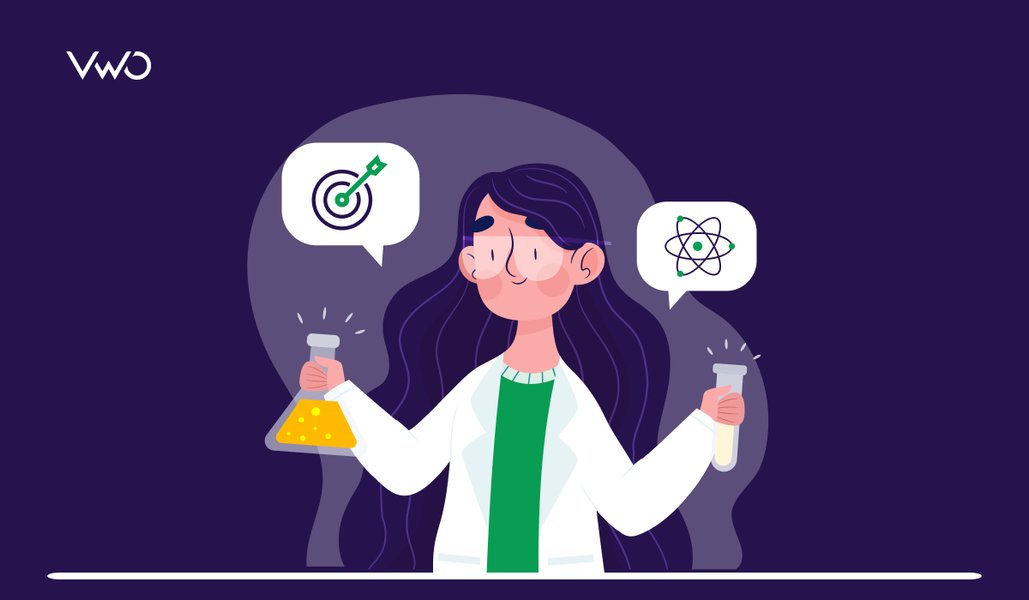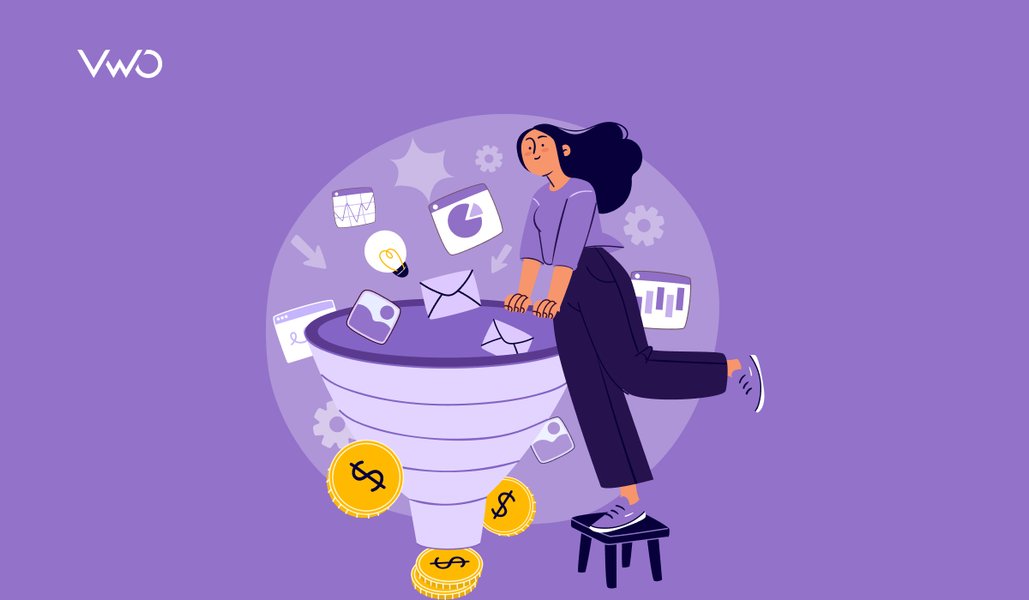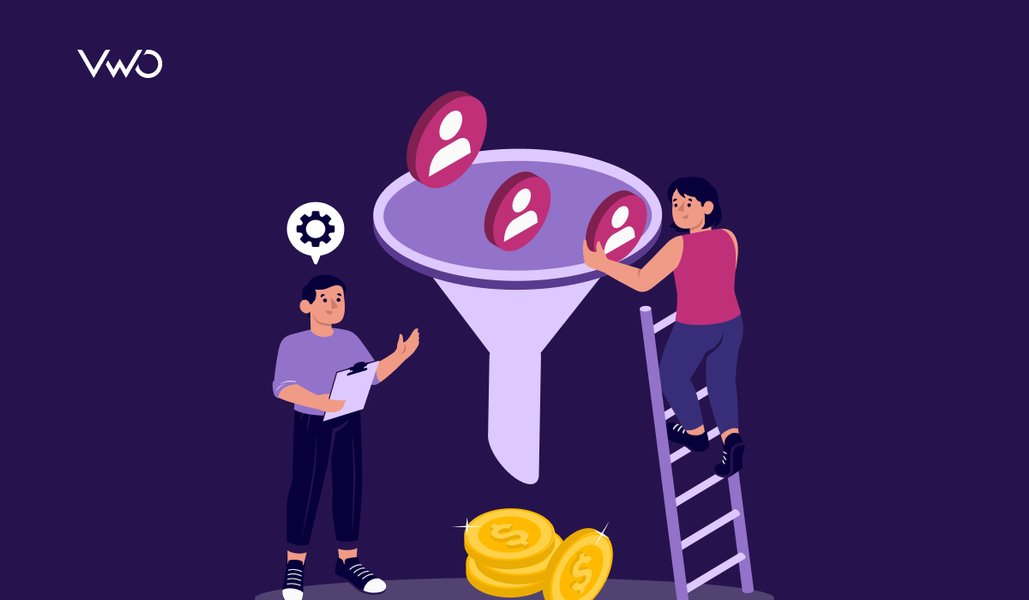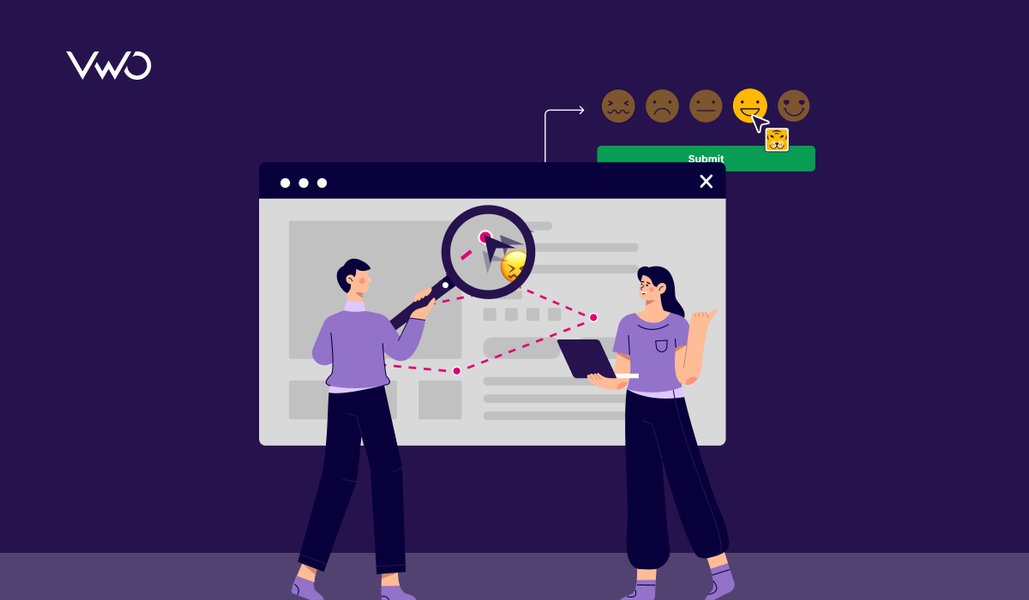Everything You Need to Know About Conversion Rate Marketing
Digital marketing is an indispensable tool for businesses today. It helps many organizations become successful, boast continuous growth, and develop global customer bases. But the percentage of successful businesses is still a single-digit number. Many organizations still don’t understand the exact concept of digital marketing. It’s not just about marketing your products or services on the internet or electronic devices but crafting seamless and frictionless customer experiences and journeys that pave the way for higher and repeat conversions.
Download Free: Conversion Rate Optimization Guide
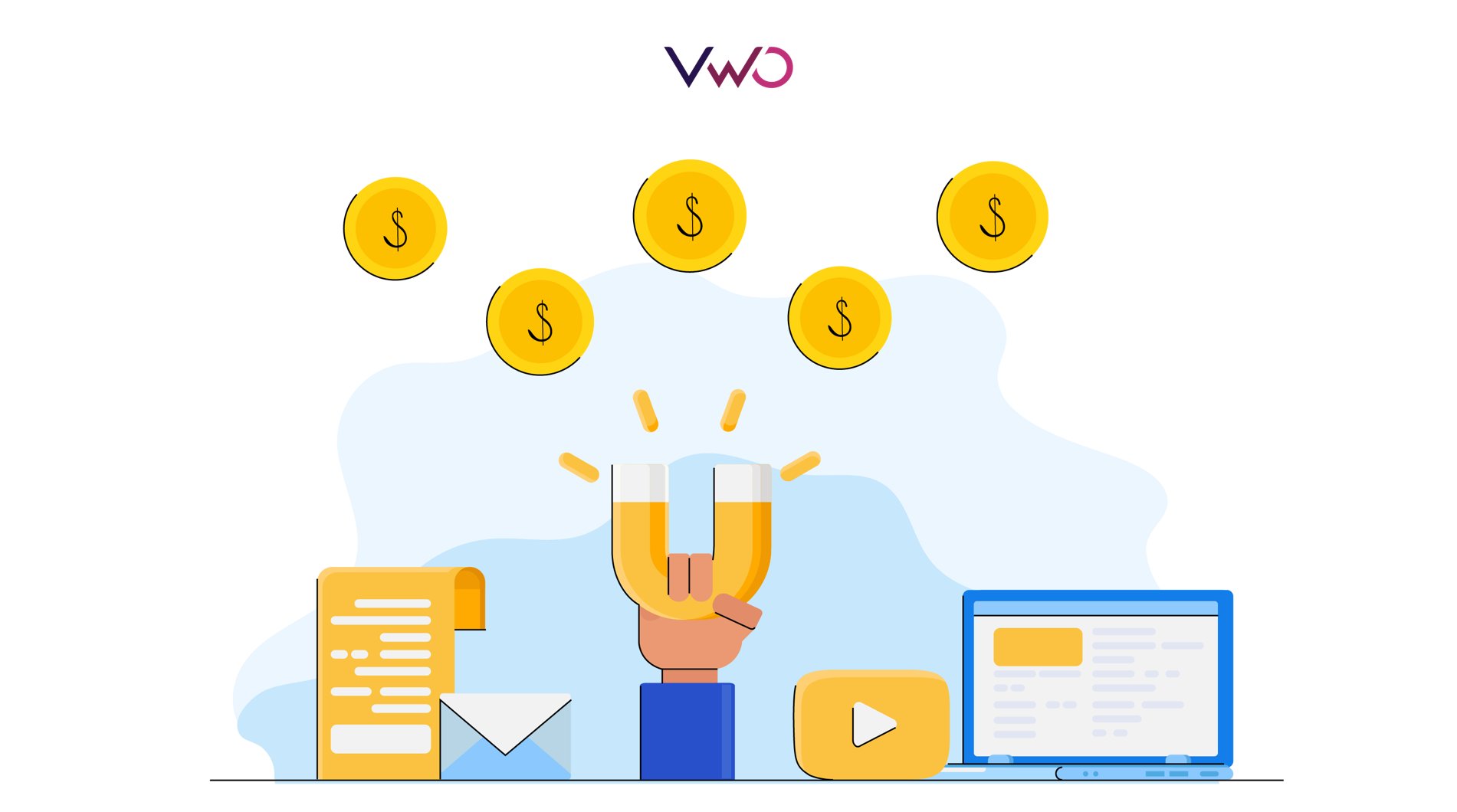
From digital marketing to conversion marketing
Unlike the efforts of the early 2000s, today’s digital marketing operations are more about creating smart, customer-oriented processes and structures, and developing capabilities that make your brand stand out.
SEO, PPC advertising, and other similar marketing techniques are critical aspects of any digital marketing program. When coupled with newer CRO marketing approaches such as optimization, personalization, and technologies like AI and ML, digital marketing can transform into a growth engine for your business.
Take Netflix, for example. Founded in 1997, Netflix today has over 200 million paid users spanning 190 counties. While much has to do with the online streaming giant’s constant innovation in its services and using new technologies and algorithms to power its platform, its digital marketing efforts cannot be ignored. Over the past decade, Netflix has spent $1,046.46 million on average on marketing and has $16.6 billion annual revenue.
Diving into Netflix’s marketing strategies, we understand that the online streaming giant has invested much into search engine optimization, social media marketing, email marketing, augmented and virtual reality content, video marketing, platform optimization, and personalization, using machine learning to enhance user experience. But how well has all that marketing activity translated into customers? Well, it’s no surprise that Netflix has an astounding 93% conversion rate on free trials. This is incredible, even compared to Amazon Prime Video, which still sits at an impressive 73%.
Smart ways to improve your conversion rate
There aren’t any silver bullets to increase the conversion rate of your business. It’s a process that requires persistence and precision. But, when done well, it does promise incremental growth and revenue gains. Learning from the experience and expertise of market leaders such as Netflix, Amazon, Google, and more, we’ve detailed smart and tactical ways to improve your brand’s conversion rate.
1. Optimize landing pages
Landing pages play a critical role in defining your business’ conversion rate. They aren’t just ordinary pages of your website, rather your brand’s face. They’re where your visitors land and craft their very first impression of your brand.
Before moving ahead with any other marketing efforts, optimizing your landing pages is paramount. Ensure every element of these pages speaks of convenience and paves the way to a seamless customer experience.
Take, for example, your site’s click-through landing page. The very purpose of the page is to provide your visitors with all the necessary information about your brand offerings, be it a topic, product, service, or an offer that convinces them to enter your conversion funnel. The more precise information you furnish on these pages to guide them to specific, targeted pages, the higher the click-through rate will be.
In the case of a lead capturing landing page, ensure your page/form’s headline is clear and concise, asks for minimal yet essential customer information, and has a CTA prominently visible to the naked eye.
2. Test exhaustively to get high conversions
Optimizing your conversion rate marketing efforts requires exhaustive testing because you can’t maximize conversions straight out of the gate. To get closer to perfection and get more customers onboard, A/B testing your marketing strategies is critical.

A/B testing should be a continuous process. Mentioned below are some important aspects of your site pages that significantly impact your conversion rate.
- Headlines
- Images, videos, and visuals
- Copy
- Banners & links
- Navigation options
- CTAs
Numerous case studies show how optimizing page elements have helped thousands of businesses increase their conversions. For example, AMD is one of VWO’s customers that heavily uses A/B testing to improve its brand image. From one of its recent experiments that aimed to increase social shares, AMD tested six social icon placement versions, which resulted in a 3600% increase in social sharing with no adverse impact on the site’s overall engagement rate.
Amazon and Netflix stand amidst companies that rely heavily on A/B testing to improve their conversion rates.

Download Free: Conversion Rate Optimization Guide
3. Optimize your CTAs for better engagement
Perhaps one of the more essential elements to test and tailor are your call to action (CTA) buttons. Converting visitors is about persuading them to take a specific action. Your CTAs precisely guide them on how to do so.
You need clear and appealing CTAs, be it on your social media pages, landing pages, or any other page, that effectively convey your message. No visitor should be confused regarding what action to take next. In many cases, CTA buttons are more effective than simple text links. They’re usually bold, attractive, and are designed to grab your visitors’ attention instantly. In the example below, Manna Natural Cosmetics saw an increase of 490% in its click-through rate by simply highlighting its product name and prominently highlighting the checkout CTA.
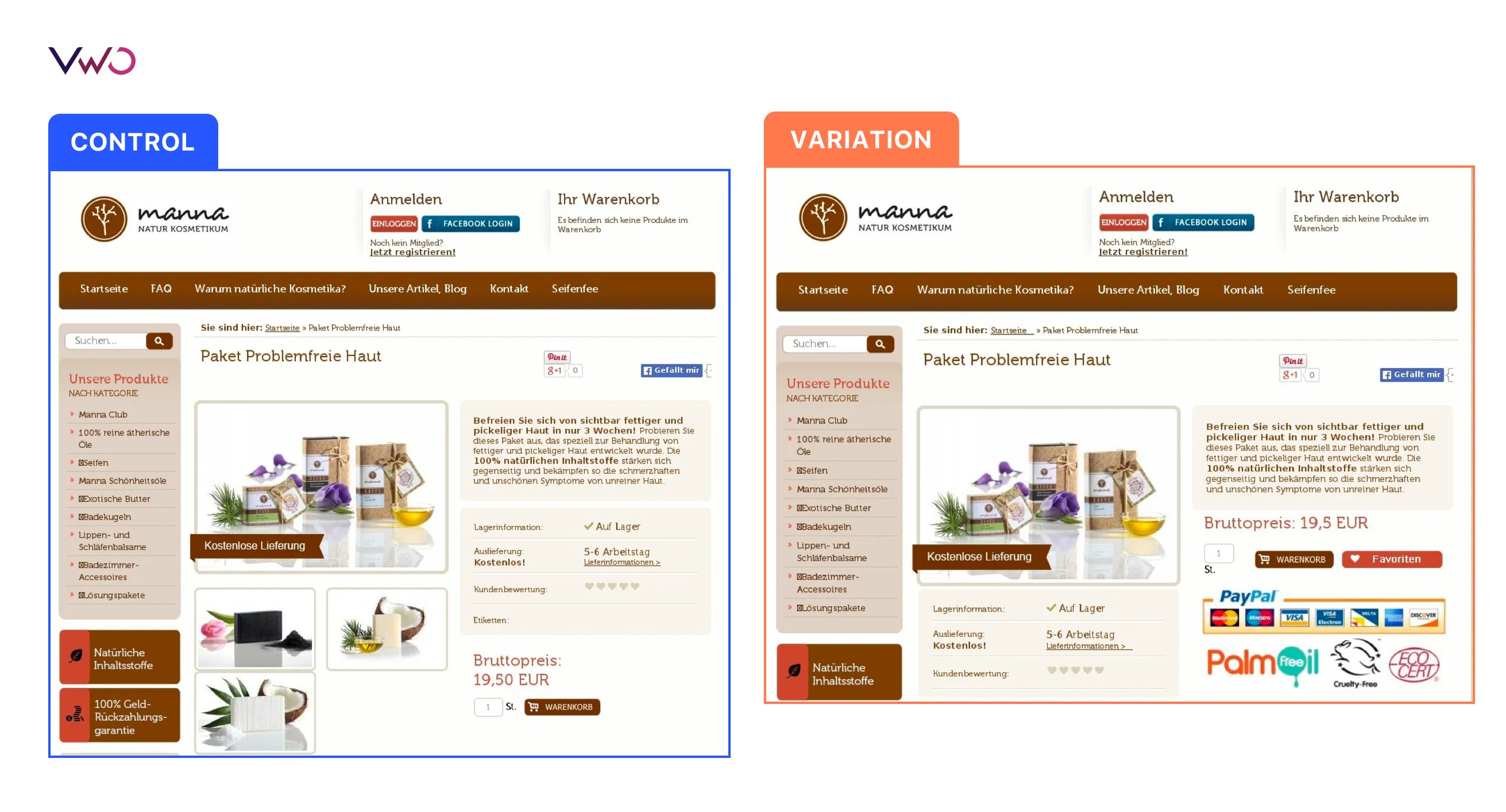
Avoid using generic or boring texts like ‘Click here,” Find out more,” Read more,’ etc. Instead, draft quirky CTAs such as ‘Get your free guide’ or ‘Learn how we can boost your conversion rates’ that compel your visitors to take the desired action.
4. Optimize forms to reduce abandonment
For B2B websites and particularly those looking to nurture leads, forms are a crucial page element. In many cases, every form filled in itself counts as a conversion. This means you must optimize your forms to ensure visitors fill them with utmost ease and do not abandon them midway.
In general, the shorter the form, the better it is. This is because people today do not have the patience to fill lengthy forms. Try to distill your forms as much as possible. Ask for only those details which are of utmost importance to your business to be able to communicate with them.
Other methods for maximizing your form conversion rate include optimizing your form fields’ dimension, using a single column on your form, and enabling social media sign-up.
Creating a form that provides the optimal user experience while providing all the necessary information in an easy-to-understand manner will ensure an optimal conversion rate. An excellent example of a complex form that has been laid out to minimize cart abandonment is Victoria’s Secret.
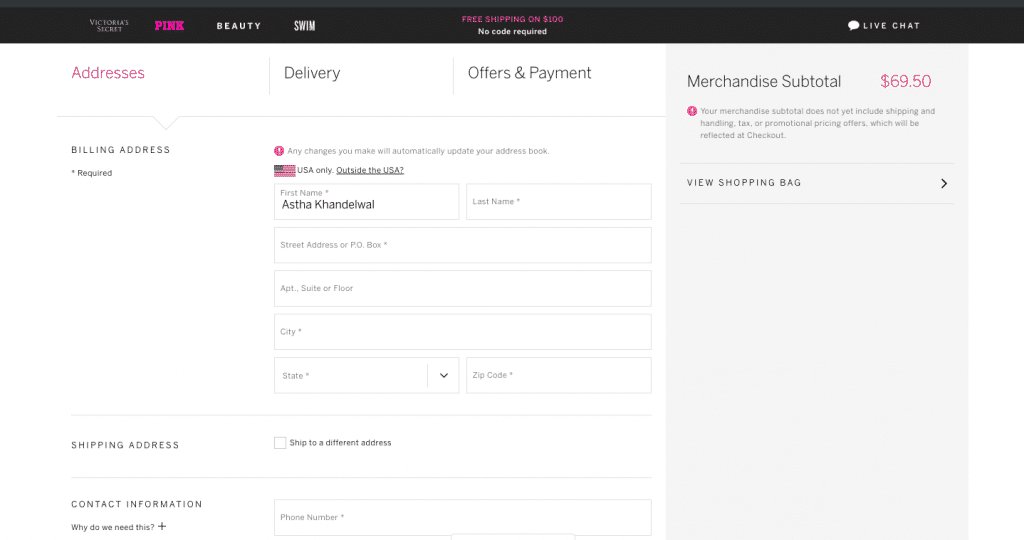
Regardless of how good you feel your design is, it pays to handle how people are using your present forms. For instance, you can try to find out where you’re losing more people in the process of filling them out. Heatmaps are a handy tool in this regard.
You can use Google Analytics to assess ‘conversion leakage’ on forms, or take a deeper look into conversion rates along the customer journey through micro funnel analysis.
Whatever method you use, analyzing your forms can help you pinpoint which parts of the site most visitors reach. If that’s not the end of the form, you’ll know the part of the fill-in process that’s putting people off.
The VWO free trial creation form had multiple fields, which was leading to drop-offs. By making necessary changes, the form is now a single field one making it very easy for people to create a free VWO account and quickly embark on their website optimization journey. Try it out yourself here.
5. Use videos and other new elements to your advantage
Improving conversion rates, when you get down to it, is about engaging and persuading visitors. Your pages must capture their attention. Then, the pages need to convince them that they want to take the action you need. There are few things more attention-grabbing or persuasive than videos. It’s why they’re used so widely in online marketing.
Many types of marketing videos can help improve your conversion rate marketing. For example, in the case of eCommerce, use product demo videos to increase page time spent. See how Amazon uses videos to demonstrate its products and increases visitor engagement.
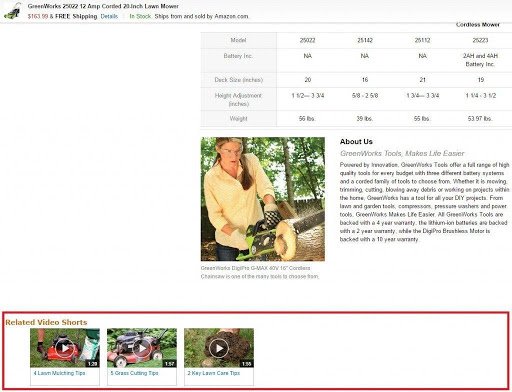
A video can speak directly to your target audience. It can help you convey far more information in a shorter time than plain text. Animated GIFs and other engaging elements can also help engage and convert visitors.
Getting your conversion rate marketing right
It’s easy to overcomplicate digital marketing. At its core, it’s about making people aware of your brand and converting them into loyal customers. That’s what makes conversion rate marketing so essential. It’s a process that can help make all your other marketing efforts and online advertising more worthwhile.
